Black chalk, red chalk (sanguine), and white chalk.
Giltwood frame, 19th-century. 17.6 × 24.6 cm.
Annotated on the back of the frame: “Berjon, Lyonnais painter, executed around 1816/1820, purchased at his death.”
This work by Antoine Berjon, the great Lyon-born painter and draughtsman of the 18th and 19th centuries and a renowned specialist in floral still life, is a striking example of technical virtuosity.
It is a drawing in black chalk, red chalk (sanguine), and white highlights on tinted paper, typical of his style.
The composition is structured around two floral groups: one denser and radiant in the upper right center, and a lighter cluster in the lower left. The eye is drawn to the spiraling curve of the central bouquet—almost like a floral cornucopia—unfolding outward. One can also sense the influence of scientific botanical drawings from his time.
What makes this drawing so moving is its depiction of the different stages in a flower’s life within a single composition.
We first see the promise of life, represented by closed buds, suggesting potential, youth, and beauty to come. Then follows the full bloom of flowering.
The misty haze to the right, along with the small orange flecks suspended like seeds or dust, evokes a lingering trace or future of the flower—as if it endures in memory or atmosphere. This sense of time is more immaterial, almost metaphysical.



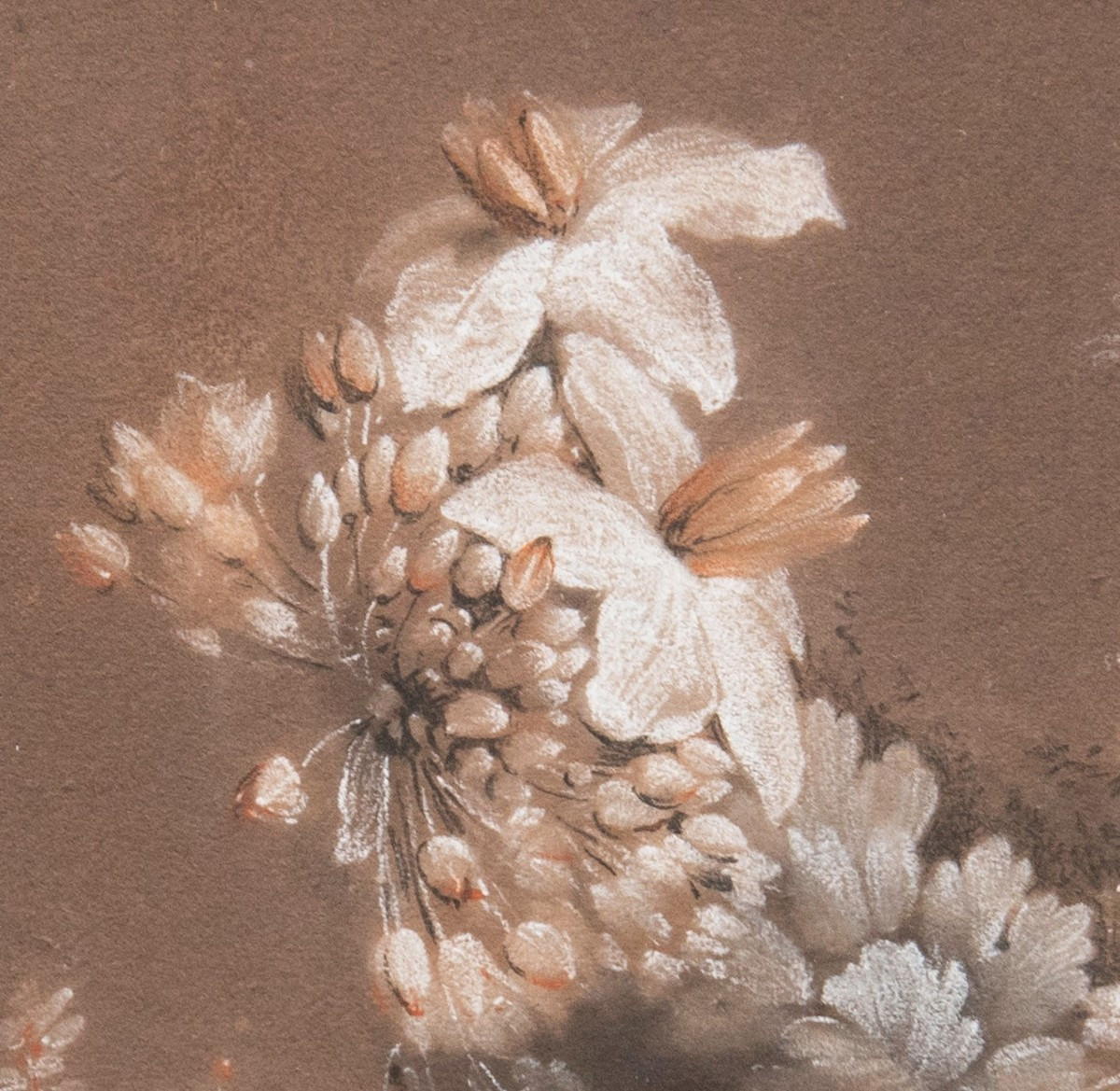


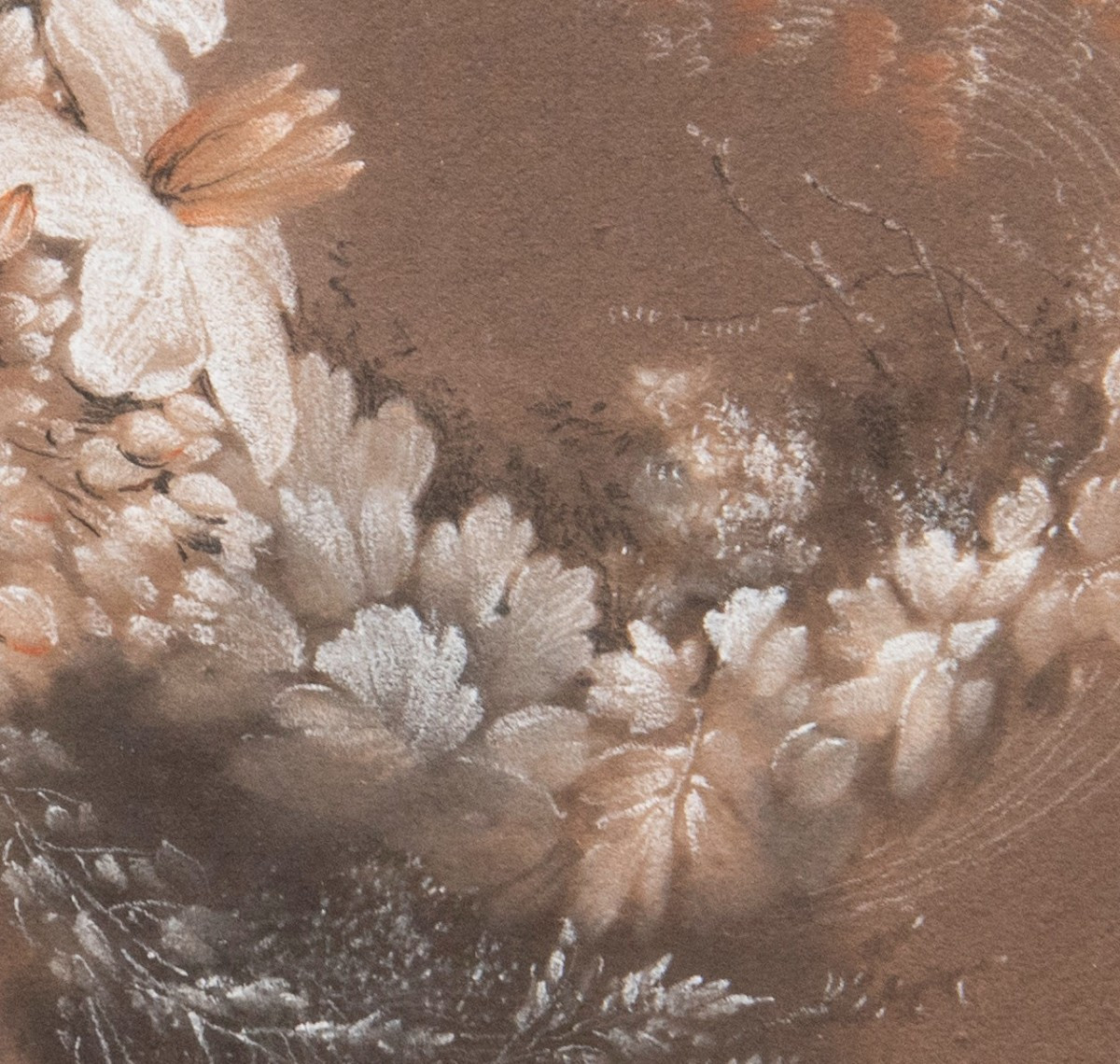











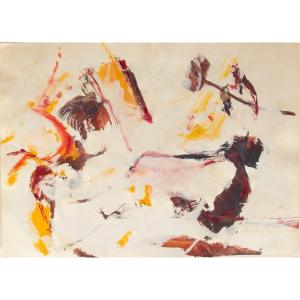

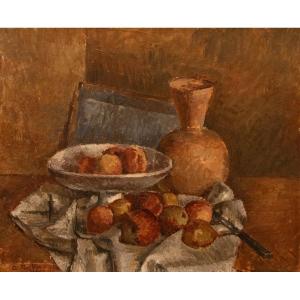







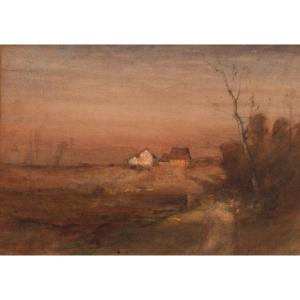
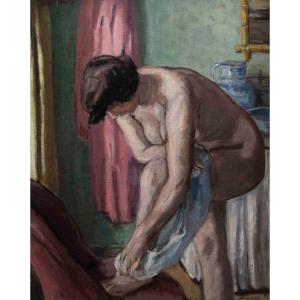


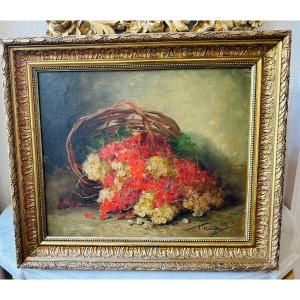
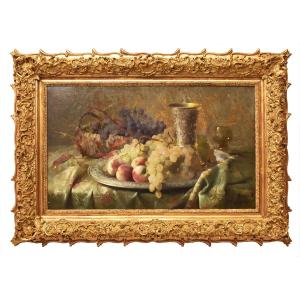





 Le Magazine de PROANTIC
Le Magazine de PROANTIC TRÉSORS Magazine
TRÉSORS Magazine Rivista Artiquariato
Rivista Artiquariato